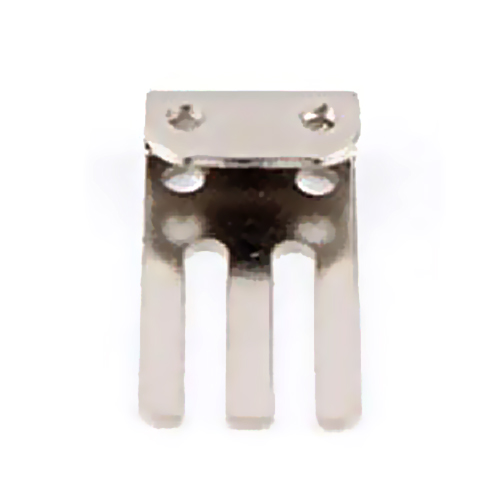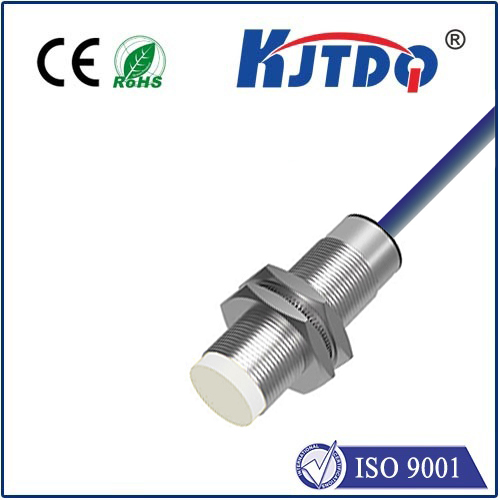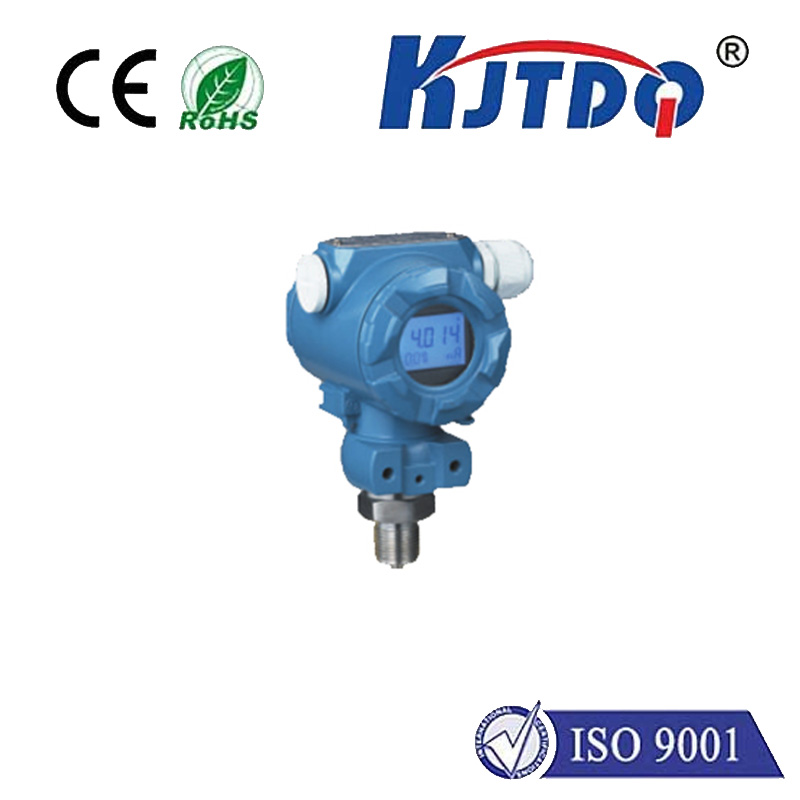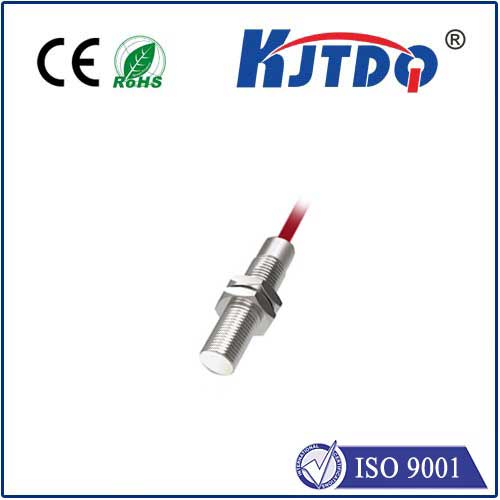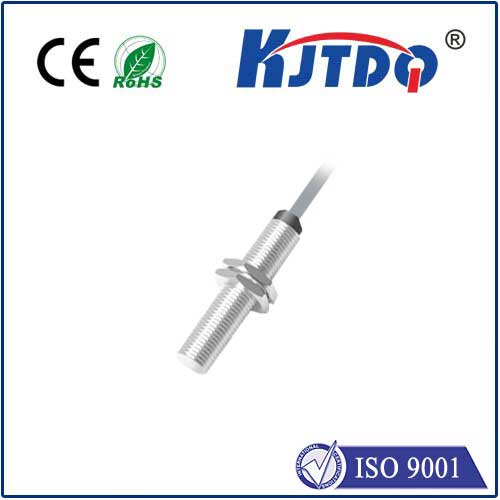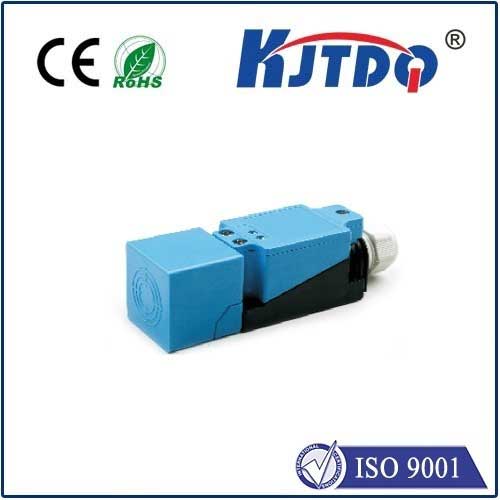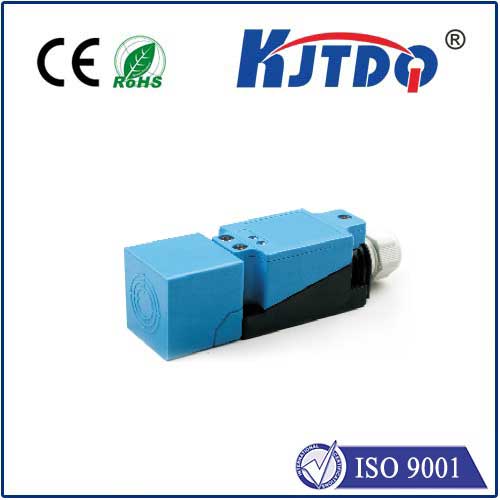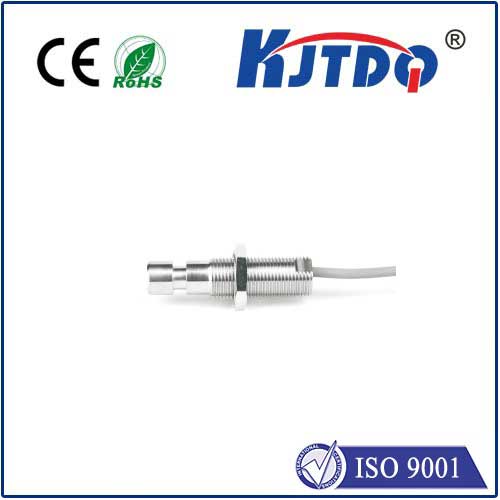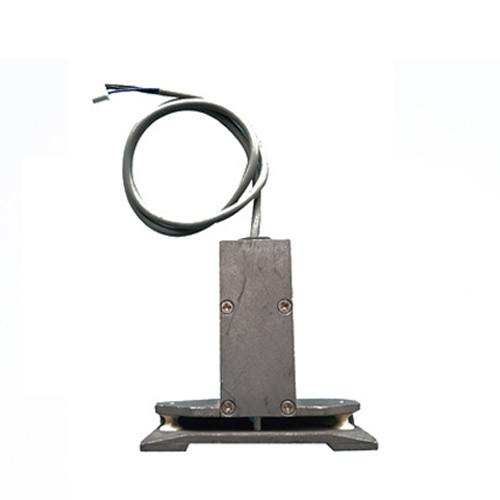

check

check

check

check

check

check

check

check

check

check
Title: High Temperature Proximity Sensor: Revolutionizing Temperature Monitoring
Introduction:
Temperature monitoring is an essential aspect of various industries, from food and beverage to pharmaceuticals and electronics. With the advancement of technology, temperature monitoring has become more accurate and efficient. One such innovation is the high-temperature proximity sensor, which offers unprecedented accuracy in detecting temperature variations within a specified range. In this article, we will explore the working principle, advantages, and applications of high-temperature proximity sensors.
Working Principle:
High-temperature proximity sensors are designed to detect changes in temperature without direct contact with the object being monitored. These sensors use infrared (IR) technology to measure the heat emitted by an object, which is then converted into a digital signal for interpretation. The sensor consists of two parts: the emitter and the receiver. The emitter emits infrared radiation, which is absorbed by the object being monitored. When the temperature of the object changes, it causes a change in the absorption spectrum, which can be detected by the receiver. This allows the sensor to determine the temperature difference between the emitter and the object.
Advantages:
1. High Accuracy: High-temperature proximity sensors offer unparalleled accuracy in detecting temperature variations. They can accurately measure temperature differences as small as 0.1°C, making them ideal for sensitive applications such as food and pharmaceutical manufacturing.
2. Non-Contact Operation: Since these sensors do not make direct contact with the object being monitored, they require minimal maintenance and have a long lifespan. Additionally, they can be used in environments where exposure to chemicals or other harmful substances is a concern.
3. Easy Installation: High-temperature proximity sensors are easy to install and can be integrated into existing systems without disrupting operations. They also come in a variety of forms, including surface mount, wall mount, and inline mount, allowing for flexible deployment options.
Applications:
1. Food Processing: High-temperature proximity sensors are extensively used in food processing industry to monitor cooking temperatures and ensure product safety. They can also be used to detect spoilage or contamination, improving overall quality control.
2. Chemical Industry: In the chemical industry, high-temperature proximity sensors are employed to monitor reactions and optimize process parameters for optimal results. They help prevent accidents caused by uncontrolled reactions and improve production efficiency.
3. Electrical Equipment Maintenance: These sensors can be used to monitor the operation of electrical equipment such as heaters, ovens, and furnaces, ensuring proper functioning and preventing costly downtime due to equipment failure.
Conclusion:
High-temperature proximity sensors have revolutionized temperature monitoring by offering unparalleled accuracy and convenience. Their non-contact operation, ease of installation, and wide range of applications make them an indispensable tool for various industries. As technology continues to advance, we can expect even more advanced high-temperature proximity sensors capable of handling even higher temperatures and performing more complex tasks.
